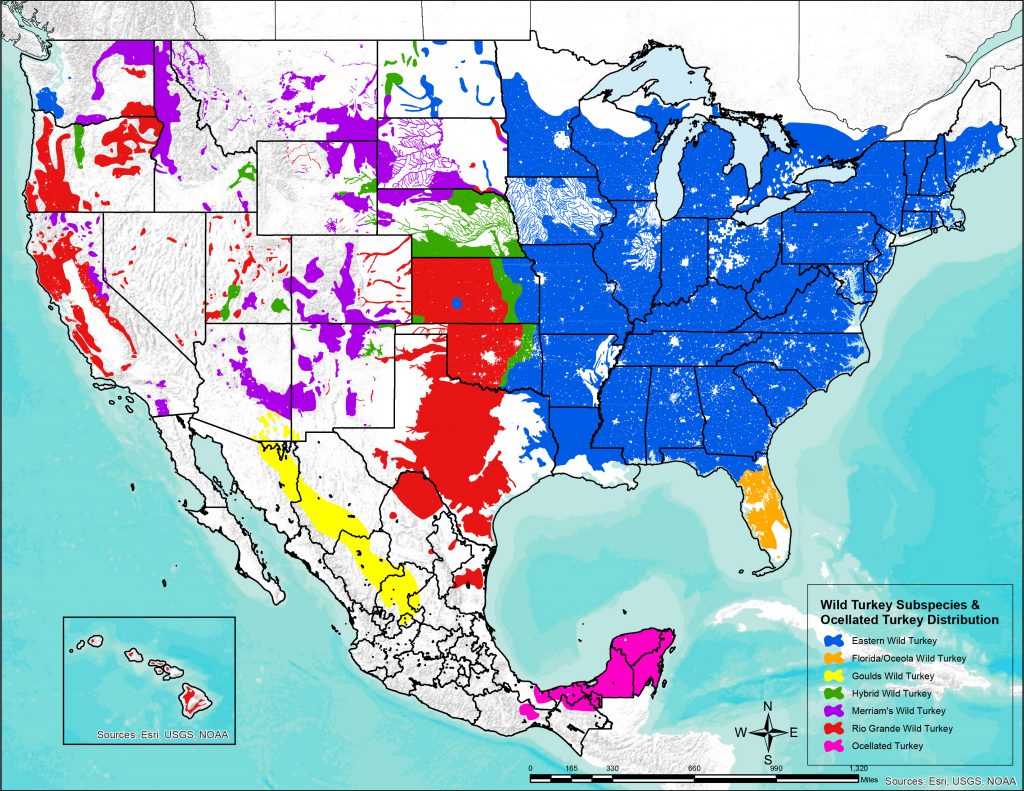Wild Turkey Habitat
When it comes to conserving wild turkeys and helping to proliferate populations, creating healthy, viable habitat is crucial.
Since 1973, the NWTF has conserved or enhanced more than 20 million acres of wildlife habitat. But what does wild turkey habitat look like?

Critical wild turkey habitat
In the 1940s, Eastern and Osceola turkey populations remained only in remote areas of extensive timberland. These areas supported turkeys because topography made them inaccessible and kept legal and illegal hunting to a minimum. Inaccessibility also made logging and agriculture difficult, so these areas remained forested. As a result, biologists began to associate the wild turkey with big timber, but that wasn't exactly accurate.
Once timbered areas were re-populated with wild turkeys (thanks to trap-and-transfer programs) wildlife managers began experimenting with turkey transplants in other areas. Turkey populations blossomed throughout the United States and with up-to-date research, biologists and conservation managers have identified a few very important ecosystems that provide optimal habitat for the wild turkey including habitats around rivers and streams (riparian zones), oaks and grasslands, pine savannas and wildlife openings (often called, forest clearings, meadows, pastures).
To ensure and sustain wild turkey numbers in the future, we should focus our efforts to ensure these critical components are provided for decades to come.

General wild turkey habitat requirements
- Trees: provide food, daytime resting and escape cover, and most importantly, nighttime roost sites
- Grasses: provide food for adults and are especially important to poults as environment in which they can forage for insects
- Moisture: a direct and indirect key feature to wild turkey survival and reproduction
Nesting habitat requirements
- Lateral cover: areas with a well-developed understory full of vegetation
- Overhead cover: areas with a canopy layer to camouflage wild turkeys and nests from avian predators
Brood-rearing habitat requirements
- An insect-rich environment for efficient foraging
- Habitat that permits frequent foraging throughout the day
- An area that provides enough cover to hide, but allows the adult female unobstructed vision for protection from predation
Fall and winter habitat requirements
- Food: eating is critical to continued growth of young and the building of fat deposits by young and adults. Mast (pine seed, acorns, and other fruits) is the principal food during this time
- Roosting cover: turkeys increase their use of forested cover during the fall and winter and decrease their use of open spaces in an effort to seek protection from adverse weather
